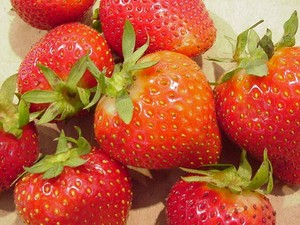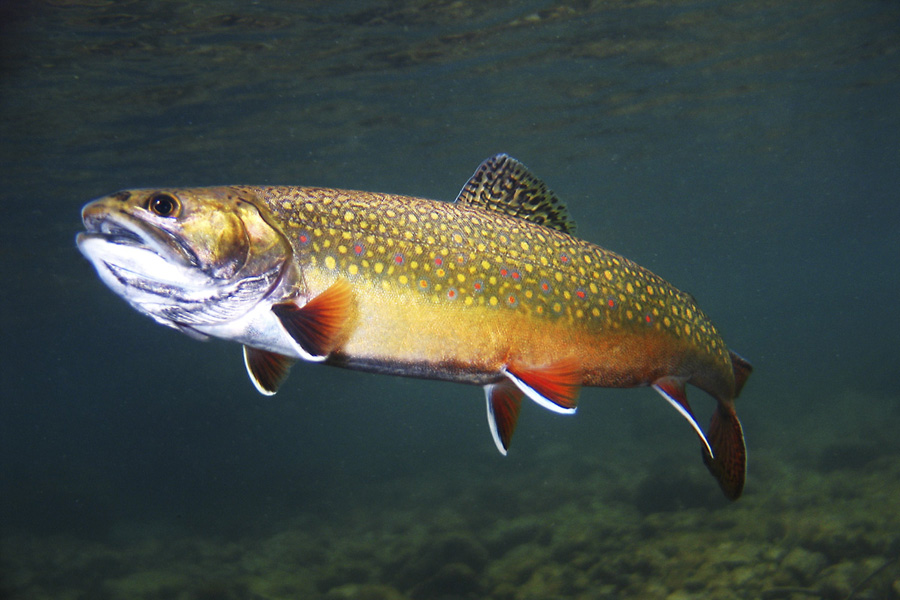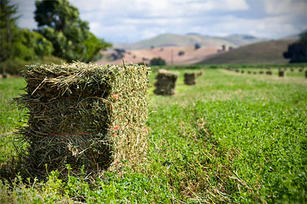Once a year, the Palo Alto gardening non-profit Common Ground holds its tour of local gardens where residents have planted fruits and vegetables. Naturally, they call it ”The Edible Landscaping Tour.”
I’ve taken this tour and found it inspiring. I was amazed at how many food crops could be grown in normal suburban lots, and how enticing and beautiful they could be. The residents used their creativity to set up rock retaining walls, tepee-like structures for climbing vines, and variety to give their edible landscaping beauty as well as usefulness. Some of the homeowners were present to offer their stories and experiences, where in other homes I wandered around on my own.
This year the event will take place on Saturday, July 23, from 11 am to 4 pm. It is a self-guided tour, meaning that you pay your $35 fee and check in at 559 College Avenue, Palo Alto, to get your map of the gardens that will be on this year’s tour.
By the way, if you can’t attend the July 23 event, Common Ground also has a permanent Demonstration Garden that you can visit on other days by contacting patricia@commongroundinpaloalto.org. You could also call Common Ground at 650 493 6072.




